Amazing Companion Plants For Pincushion Flowers
Amazing Companion Plants for Pincushion Flowers
Pincushion flowers are a beautiful and versatile addition to any garden. They come in a wide range of colors, from white to blue to pink to purple, and they bloom from late spring to early fall. Pincushion flowers are also relatively easy to care for, making them a great choice for beginner gardeners.
One of the best things about pincushion flowers is that they can be paired with a wide variety of other plants. This makes them a great choice for creating a beautiful and colorful garden. Here are some of the best companion plants for pincushion flowers:
- Butterfly weed: Butterfly weed is a nectar-rich plant that attracts butterflies and other pollinators. It's a great way to add more wildlife to your garden.

- Coreopsis: Coreopsis is a sunny yellow flower that pairs beautifully with the purple or blue pincushion flowers.
- Daylily: Daylilies are a long-blooming perennial that adds height and interest to any garden. They're also relatively drought-tolerant, making them a good choice for gardens in hot, dry climates.

- Phlox: Phlox is a popular summer flower that comes in a wide range of colors. It's a great way to add more color and texture to your garden.
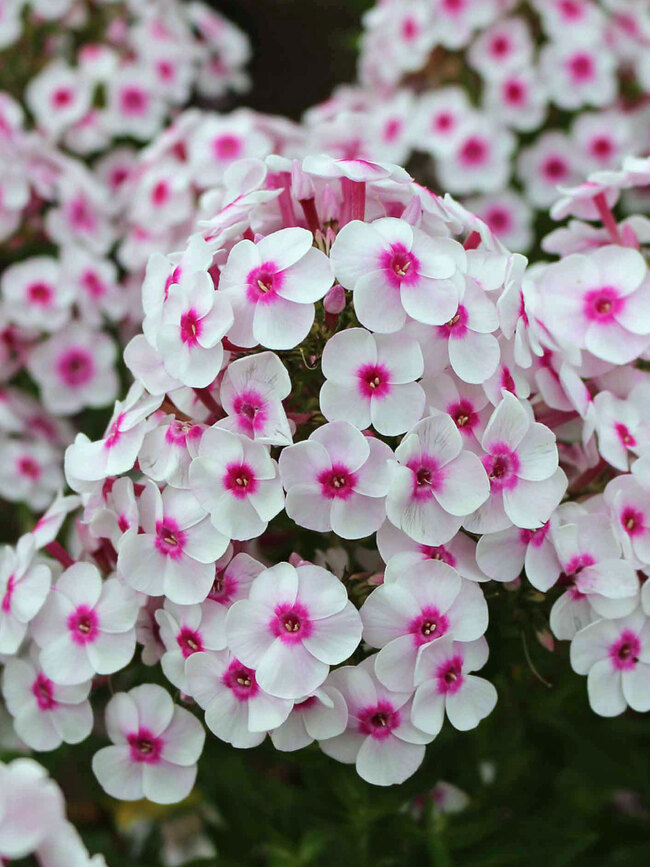
- Salvia: Salvia is a drought-tolerant herb that adds a touch of elegance to any garden. It comes in a variety of colors, including blue, purple, pink, and white.
- Yarrow: Yarrow is a hardy perennial that adds a touch of wildflower charm to any garden. It's also a great way to attract butterflies and other pollinators.

In addition to these popular companion plants, there are many other plants that can be paired with pincushion flowers. Here are a few more ideas:
- Aster: Asters are a late-summer flower that comes in a variety of colors. They're a great way to add more color to your garden in the fall.

- Coneflower: Coneflowers are a tall, stately flower that adds a touch of drama to any garden. They come in a variety of colors, including purple, pink, and orange.
- Lavender: Lavender is a fragrant herb that adds a touch of elegance to any garden. It's also a great way to attract butterflies and other pollinators.

- Zinnia: Zinnias are a cheerful summer flower that comes in a wide range of colors. They're a great way to add more color and texture to your garden.
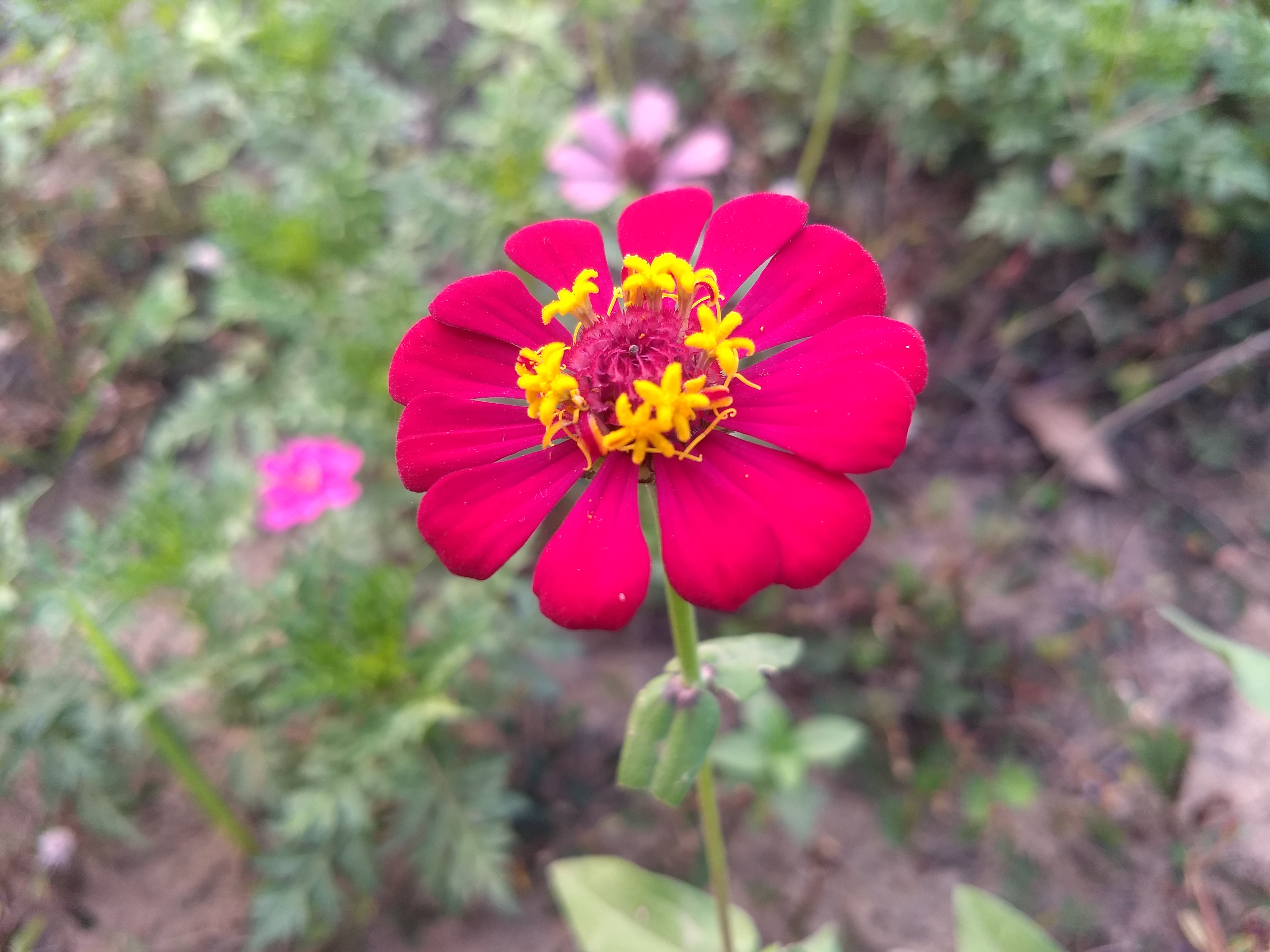
When choosing companion plants for pincushion flowers, it's important to consider the following factors:
- Sunlight: Pincushion flowers need full sun to partial shade. When choosing companion plants, make sure they have similar sunlight requirements.
- Soil type: Pincushion flowers prefer well-drained soil. Avoid planting them in soil that is too wet or too dry.
- Bloom time: Pincushion flowers bloom from late spring to early fall. When choosing companion plants, make sure they bloom at the same time or slightly later.
- Color: Pincushion flowers come in a variety of colors. When choosing companion plants, consider the colors of your pincushion flowers and choose plants that will complement them.
By following these tips, you can create a beautiful and colorful garden with pincushion flowers and their companion plants.
Pincushion flowers are a beautiful addition to any garden, and they can be even more stunning when paired with the right companion plants. Here are a few ideas for pincushion flower companion plants:
- Phlox: Phlox is a summer-blooming flower that comes in a variety of colors, including pink, blue, and white. It's a great choice for companion planting with pincushion flowers because it has similar growing requirements and blooms at the same time.
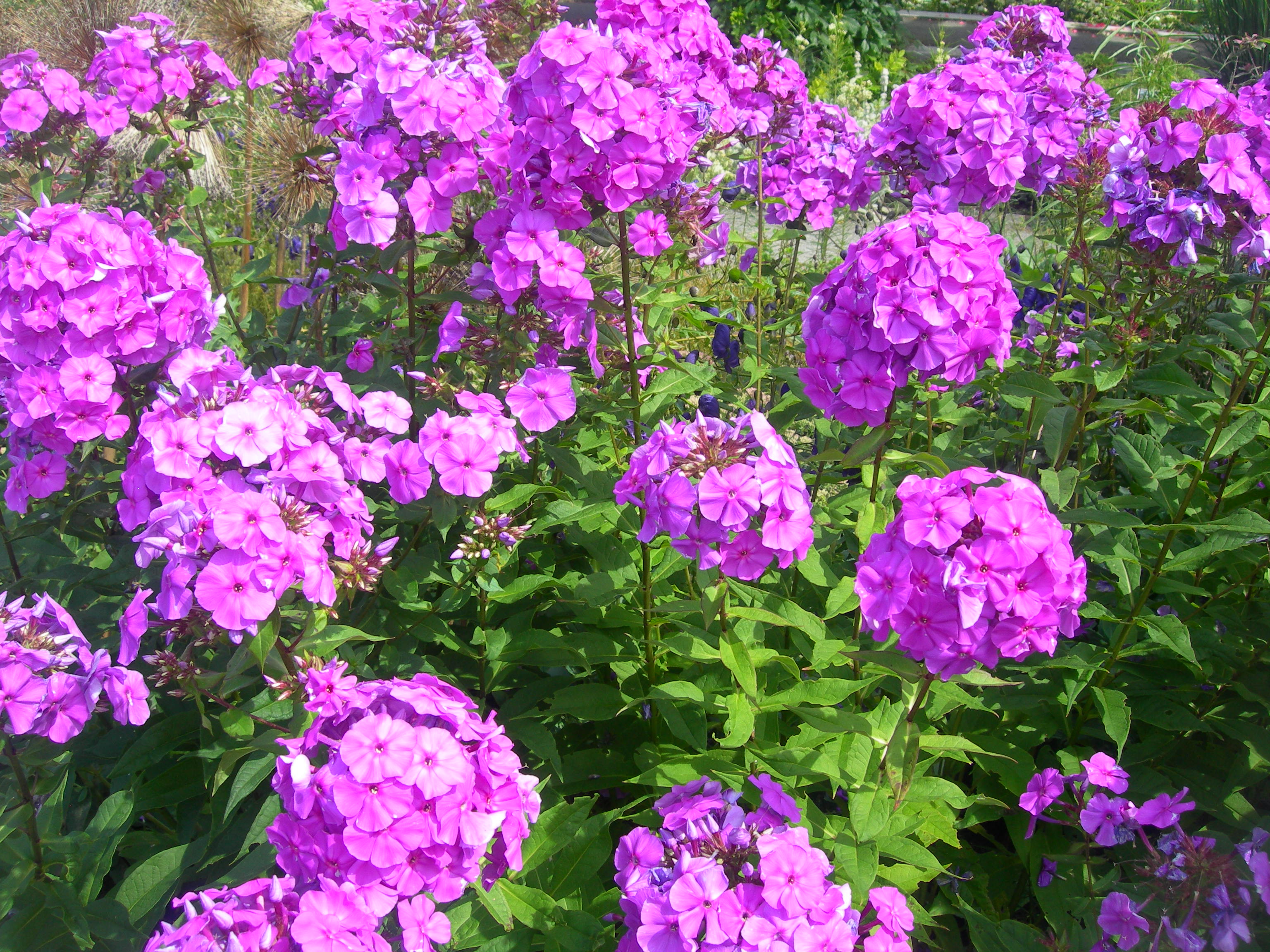
- Veronica: Veronica is another summer-blooming flower that comes in a variety of colors, including blue, purple, and white. It's a low-maintenance plant that is drought-tolerant, making it a good choice for companion planting with pincushion flowers.
- 'Firewitch' dianthus: 'Firewitch' dianthus is a type of pink that blooms in late spring and early summer. It's a compact plant that is perfect for edging or as a filler in a flower bed.

- Butterfly weed: Butterfly weed is a nectar-rich plant that attracts butterflies and other pollinators. It's a great choice for companion planting with pincushion flowers because it helps to keep the garden healthy and pest-free.
- Coreopsis: Coreopsis is a sunny yellow flower that blooms in summer. It's a low-maintenance plant that is drought-tolerant, making it a good choice for companion planting with pincushion flowers.
For more information about pincushion flower companion plants, please visit Garden Wiki.
FAQ of pincushion flower companion plants
Question 1: What are some good companion plants for pincushion flowers?
Answer: Pincushion flowers are versatile plants that can be paired with a variety of other flowers and plants. Some good companion plants include:
- Alyssum: This low-growing annual is a great choice for filling in the spaces around pincushion flowers. It blooms in a variety of colors, including white, pink, and purple.
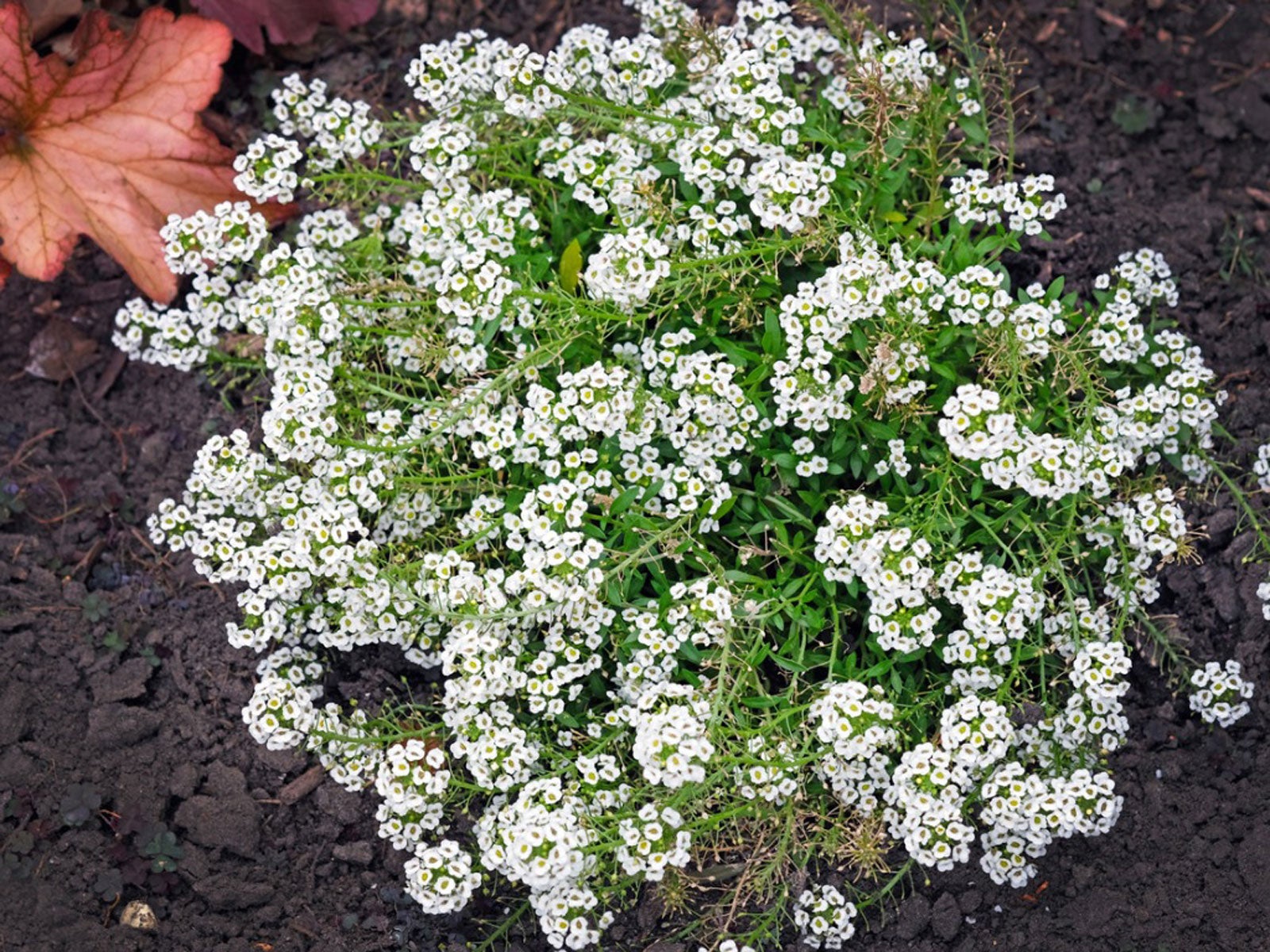
- Salvias: These tall, upright plants add height and interest to a flower bed. They come in a variety of colors, including blue, purple, and pink.
- Sedum: This succulent plant is drought-tolerant and adds a splash of color to the garden. It blooms in shades of pink, white, and yellow.

- Roses: Pincushion flowers and roses make a beautiful combination. The spiky flowers of the pincushion add contrast to the delicate petals of the roses.
- Daylilies: These long-blooming perennials add color and interest to the garden from early summer to fall. They come in a variety of colors, including yellow, orange, and red.
Question 2: What are the benefits of planting companion plants with pincushion flowers?
Answer: There are several benefits to planting companion plants with pincushion flowers. Companion plants can:
- Attract pollinators: Many companion plants attract pollinators, such as bees and butterflies. These pollinators help to pollinate the pincushion flowers, which results in more blooms.
- Improve soil health: Some companion plants, such as sedum, help to improve soil health by fixing nitrogen in the soil. This can benefit the pincushion flowers by providing them with nutrients.
- Distract pests: Some companion plants, such as marigolds, can help to distract pests from the pincushion flowers. This can help to protect the pincushion flowers from damage.
Question 3: What are some tips for planting pincushion flower companion plants?
Answer: Here are some tips for planting pincushion flower companion plants:
- Consider the height and spread of the plants: When choosing companion plants, it is important to consider the height and spread of the plants. You want to make sure that the plants will not crowd each other out.
- Plant companion plants that have similar water needs: Pincushion flowers are drought-tolerant, so you want to plant companion plants that have similar water needs. This will help to reduce the amount of watering that you need to do.
- Plant companion plants that bloom at different times: This will help to extend the bloom time of your garden.
Question 4: How do I care for pincushion flower companion plants?
Answer: Pincushion flower companion plants are relatively easy to care for. They need full sun and well-drained soil. They should be watered regularly during the growing season, but they are drought-tolerant.
Question 5: Where can I buy pincushion flower companion plants?
Answer: Pincushion flower companion plants can be bought at most garden centers. You can also find them online.
Image of pincushion flower companion plants
- Shasta daisy: This daisy-like flower is a great companion plant for pincushion flowers because it blooms at the same time and has similar growing requirements.
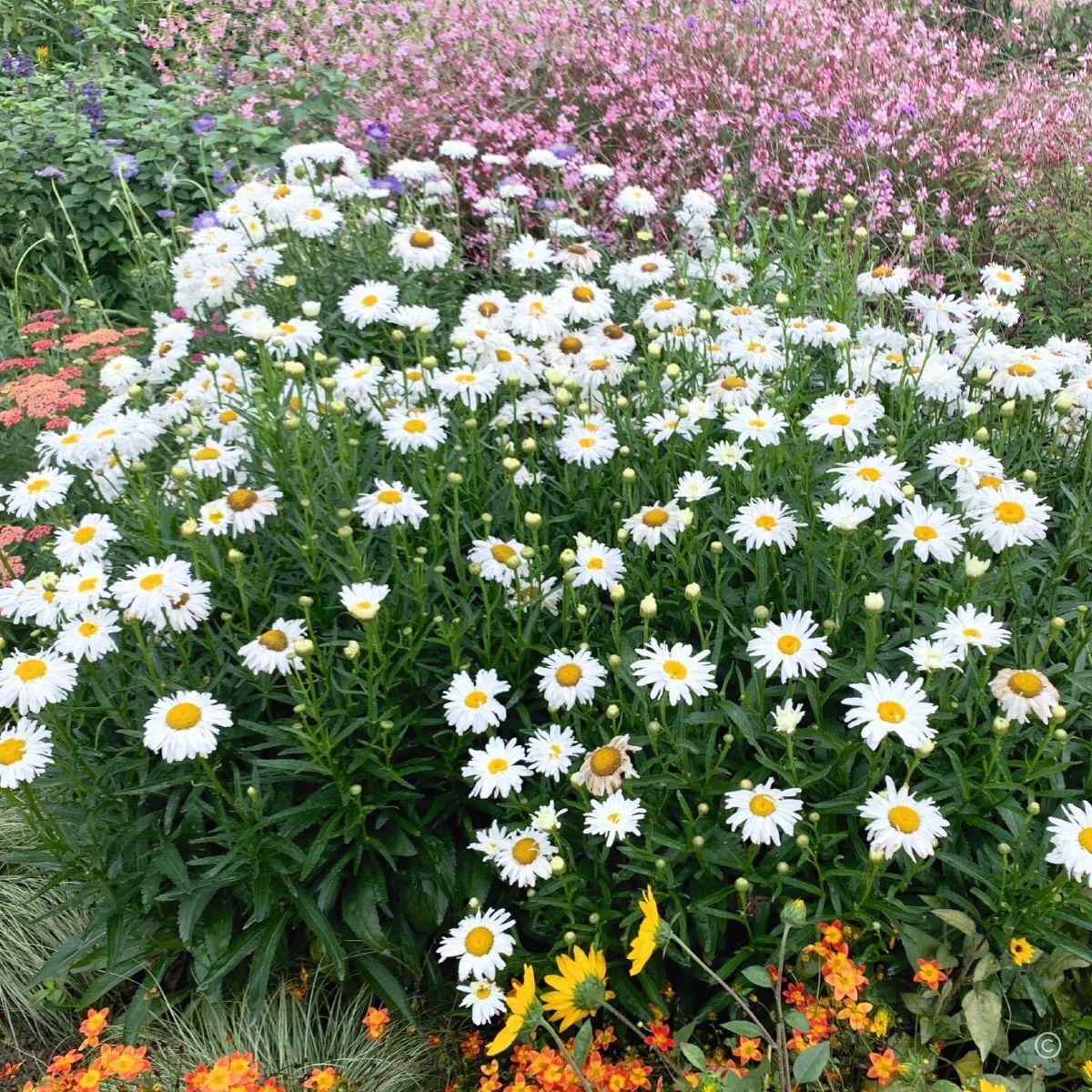
- Yarrow: This drought-tolerant plant is another good choice for companioning pincushion flowers. It blooms in shades of white, yellow, and pink, and it attracts pollinators.
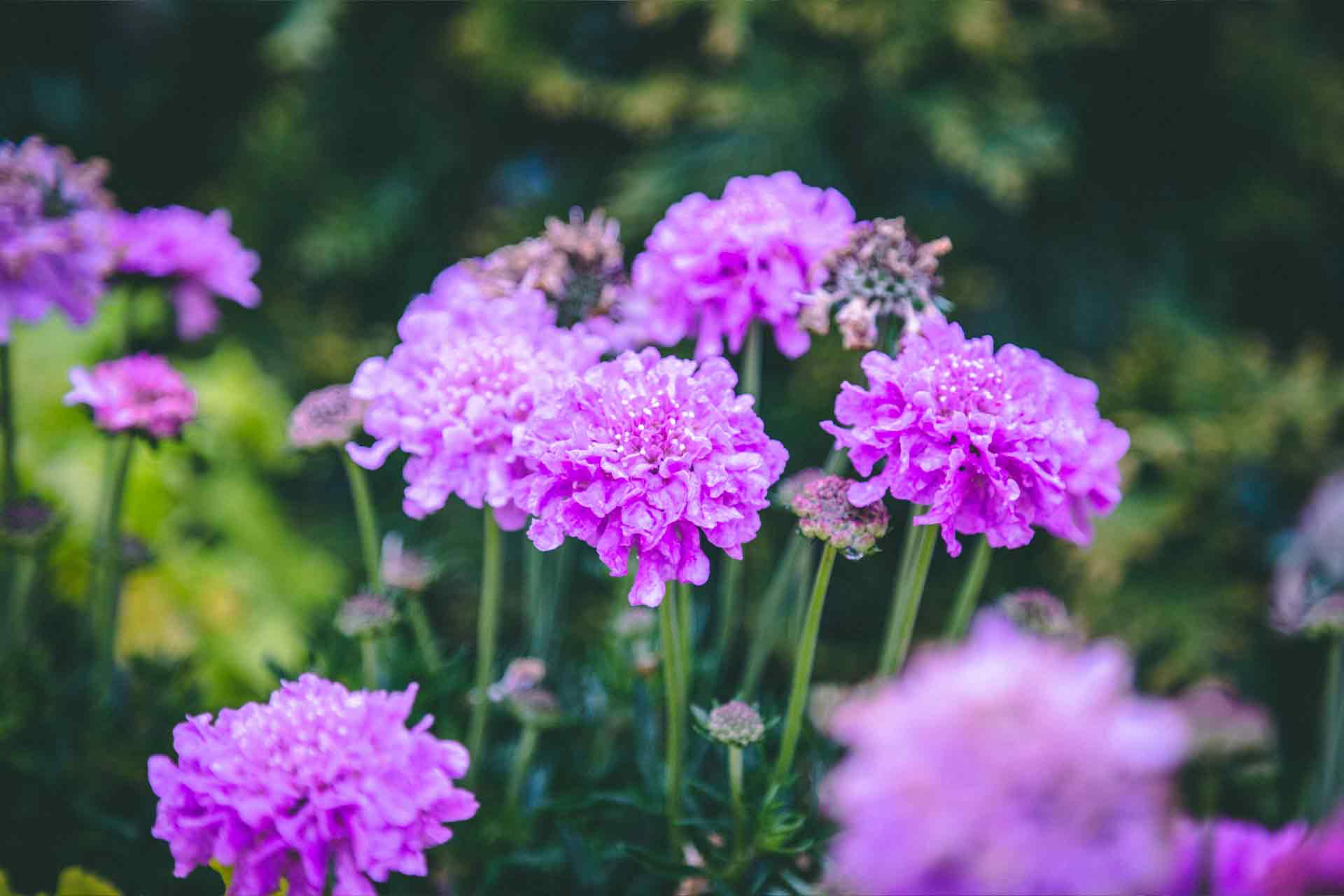
- Salvia: Salvia comes in a variety of colors, including blue, purple, and pink. It blooms for a long period of time, and it attracts pollinators.
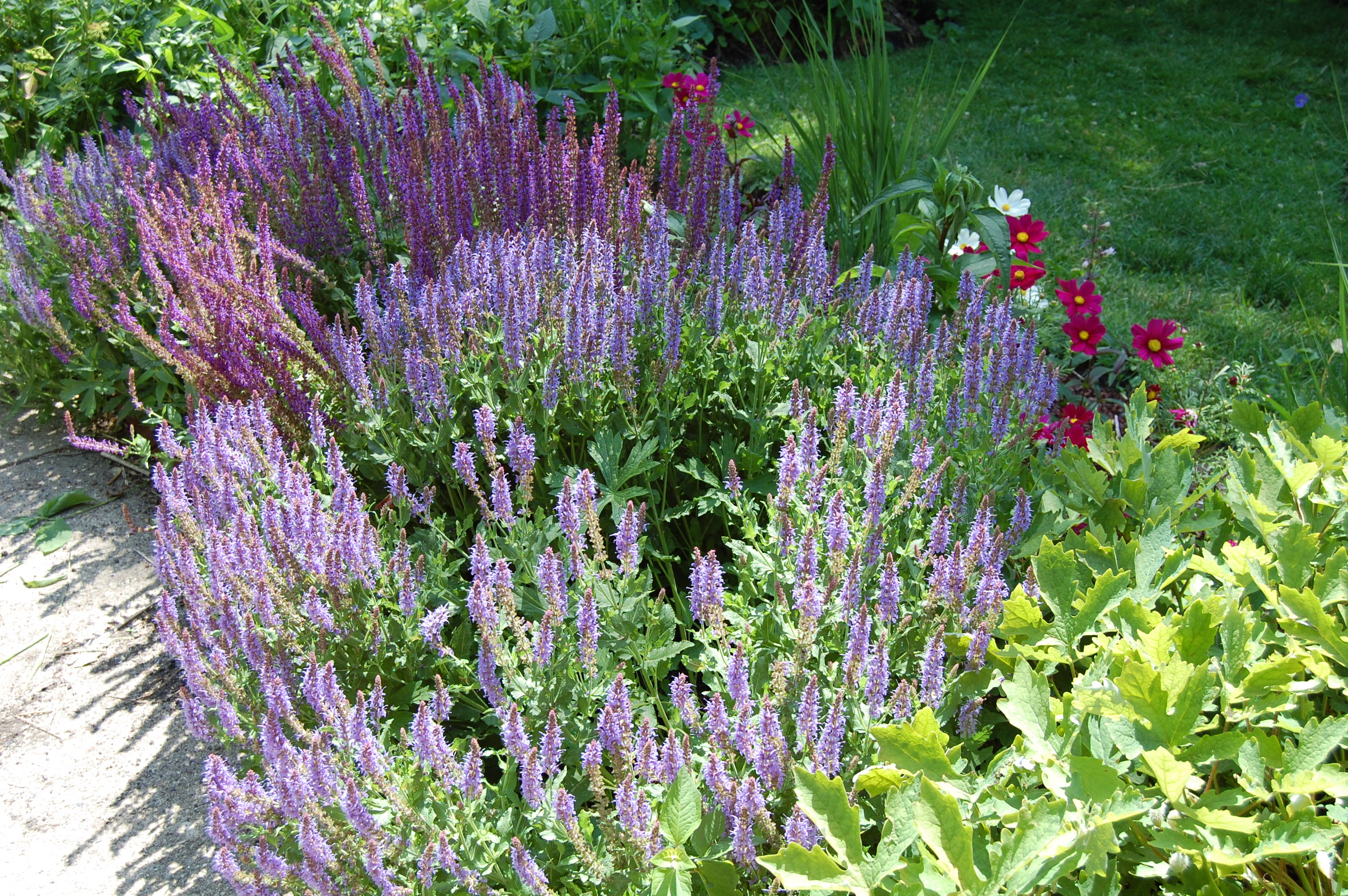
- Lavender: Lavender is a fragrant herb that blooms in shades of purple and blue. It attracts pollinators and deters pests.
- Coreopsis: This daisy-like flower blooms in shades of yellow, orange, and red. It is a good choice for sunny areas, and it attracts pollinators.
Post a Comment for " Amazing Companion Plants For Pincushion Flowers"